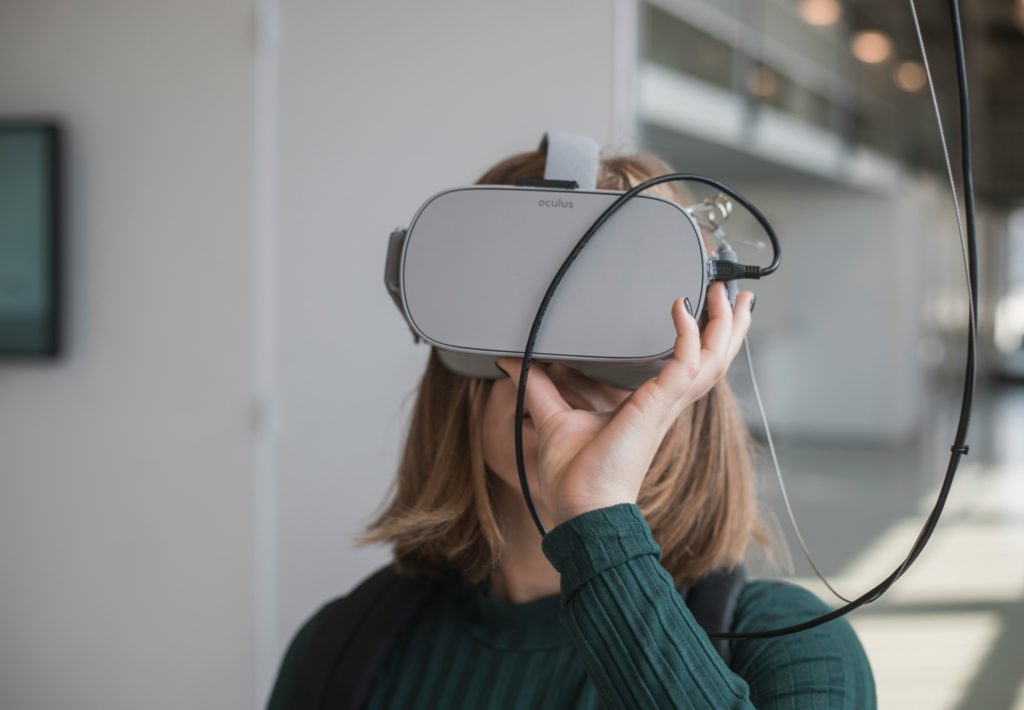
It’s still true: understanding your users makes you a better designer, better designers make better products, and better products result in bigger companies (among other things).
When you work with printmaking ink, or oil paint, you must learn to work with solvents. Solvents are the eraser mechanism for oil-based media, just as water is for water-based media. To control a mark, you need to be able to remove it. Creation is entwined with destruction.
I’ve been thinking about solvents and materiality in general, probably because I’ve been spending much more time glued to a screen. This is something I don’t think people working in tech really understand on a gut level: no one else has the relationship to computers that we do. Even people who are working with computers all day are not so immersed in them the way we have to be. They don’t see computers as a medium they’re working through. For most people (Yes, most. Yes, still.), a computer is more like an expensive plate their work is trapped inside, and they are a hostage negotiator.
It matters because I suspect this disconnect between designers’ assumptions and user sentiment around their relationship to computers is part of the puzzle of why many in the UX field feel (according posts I’ve come across in the last 6 months) they aren’t making a good business case for the role true user research plays in creating a better product. UX’ers believe our unique blend of research and design ultimately contributes perhaps the most value of any department in a tech company to that company, so this ought to be a pretty easy case to make. How have we lost the faith?
Let me ask a different question: when was the last time you observed someone using your product IRL?
If you are responsible for the design of a product and you’re relying exclusively on a contrived series of tasks that you dreamed up with no meaningful pushback from your team, and loaded into a website that lets you test small pieces of your designs anonymously and asynchronously to be your only window into how your product is being used, then you may well be de-risking some small element of the design of a product. And you could probably think critically about this information and spin it up into a compelling case that if you had gone with the initial, untested version, usage would have been impacted by X, and over the last quarter the combined impact from not testing would have likely resulted in a decrease of Y & Z, etc.
(Side note: If you don’t have friends in your marketing department, make some. Marketing is a very mature field and they have all sorts of battle-tested ways to justify creative decisions in a corporate space. Messaging is a collaborative process, a two-way street. When I hear people complain about the “design maturity” of a company, I can’t help but wonder how much of our message is lost on leadership due to the fact that the UX field still has some growing up to do.)
Regardless of strides towards better internal marketing of UX, however, you’re never going to have the real impact that truly good design can have by focusing your efforts on hedging your bets and checking a box. You don’t get credit for innovating if you’re not innovating. To put it bluntly: maybe we can’t make the case for real UX research because we haven’t been doing real UX research.
Your customers are not going to love a product they are actively erasing with their behavior. “Good enough” for people who live and breathe computers (you) and those who managed to find a user testing site on their own and voluntarily opt in to participation in such tests (your participants) is not going to tell you anything even remotely meaningful about what will be good enough for “most people” (your actual users). You might be shocked how many of your existing customers are “most people.” And even more shocked how many more customers you could reel in if you were actually designing a product for them.
It’s a scary time to think expansively in a field that is feeling the squeeze. But here’s a secret: it’s never going to feel safe or easy to rethink something. It will only make sense to take the risk of trying something new when you start to recognize that you can’t afford to keep doing what you’ve been doing once it’s stopped working. Don’t stare down that black hole. Instead, get curious about your customers. Like, your career depends on it curious. How are people really using what you’re making? What do they really think of it? What little hacks have they come up with, what do they complain to their colleagues about?
How can you find this information in an organization that wants you to keep your head down as close to your screen as you can physically get it? Customer service is a great place to start. Ask if you can see call logs, or summaries of meetings. Ask if anyone in the department would be willing to hop on a call with you so you can pick their brain. Build relationships with actual coworkers in this space and make these calls a regular check in.
Take a deep dive into the reviews of your product on an App Store or G2. You’ll have to sift through lots of unhelpful feedback, and correct for the unfortunate tone internet communication has coalesced into, but there are kernels of real insights sitting there like free flecks of gold in a stream.
If CS or Sales does customer visits, ask if you can join. See if you can set a time to observe actual users using your product. Prioritize this. I know it’s uncomfortable, but so is getting laid off. Find a customer company that’s geographically near your own home and see if you can’t set up a visit there. See if you can’t buy them lunch. If they’re all working in-person, they will likely be thrilled to see a visitor with donuts and gladly let you watch them work in exchange.
If you secure such a visit, don’t put too much pressure on yourself to have that aha moment, especially if you haven’t done a lot of this kind of work before. Being a physical person with strangers is more uncomfortable for some people than others. Give yourself permission to be uncomfortable, but do it anyway. This is the first of many such meetings you’ll have if you do your job right.
It helps to stop worrying about yourself and start worrying about the customer: are they comfortable? Is this how and where they usually use your product? Do they mind if you take notes? Personally, I prefer not recording video in-person. People who aren’t on Zoom all day are understandably self-conscious when a camera is pointed at them. They’re doing you a favor, do what you can to put them at ease. Think of it as an exercise in being present, and just try to take in the gestalt of the thing. Aha moments will come later, on the drive home, or in a month when you’re debating button styles. Learn to shift your focus from creating a replicable process (science) to honing your skills of observation (art).
If you really cannot find a way to scare up any actual customers, dust off that resume (thinking you’re going to be able to ride things out with a company that is completely disconnected from their customer base is a bad long-term plan). But then also consider just going to any public place (a library is a great option, but even coffee shops where people brought their own device and should therefore theoretically be comfortable with it will work) to people-watch for an hour. Set your timer, don’t let yourself off the hook early. Watch people use these things we are designing out in the wild.
The designer Naoto Fukasawa said “Design dissolves in behavior.” I came across this quote in Fabricio Teixeira’s Lessons of Design post on Medium. Destruction makes space for something new, absence draws the eye to presence.
We aren’t going to change the world if we play it safe and hide behind a screen. We can’t fix something we won’t acknowledge is broken. If we keep designing for ourselves, then businesses are right to assume we have no impact on their bottom line. Maybe for a while it got comfortable to just focus on the little details of your own tasks, on turn-around time, on everything but zooming out to consider your real impact.
Maybe it’s okay to get a little uncomfortable, and to use that discomfort to refocus on empathizing with users’ discomfort. Because, truly, did you become a designer focused on the experience of users simply to make yourself more comfortable?
Further Reading
- Hypothesis-Based Approaches by Debbie Levitt in R before D
- On starting with a problem, not a solution.
- No, AI User Research Isn’t “Better Than Nothing,” It’s A Lot Worse by Pavel Samsonov in UX Collective
- Why cutting corners on research is a sure path to commodification, a.k.a. devaluation, of your product.
- Designers, We Have A “Figmaism” Problem by Artiom Dashinsky in Prototypr
- Tools are great! But we need to be talking about and prioritizing strategy, leadership, making connections, and advocacy.
UX Akron is looking for more thought leaders to guest author blog posts. Interested in sharing your perspective? Reach out!
